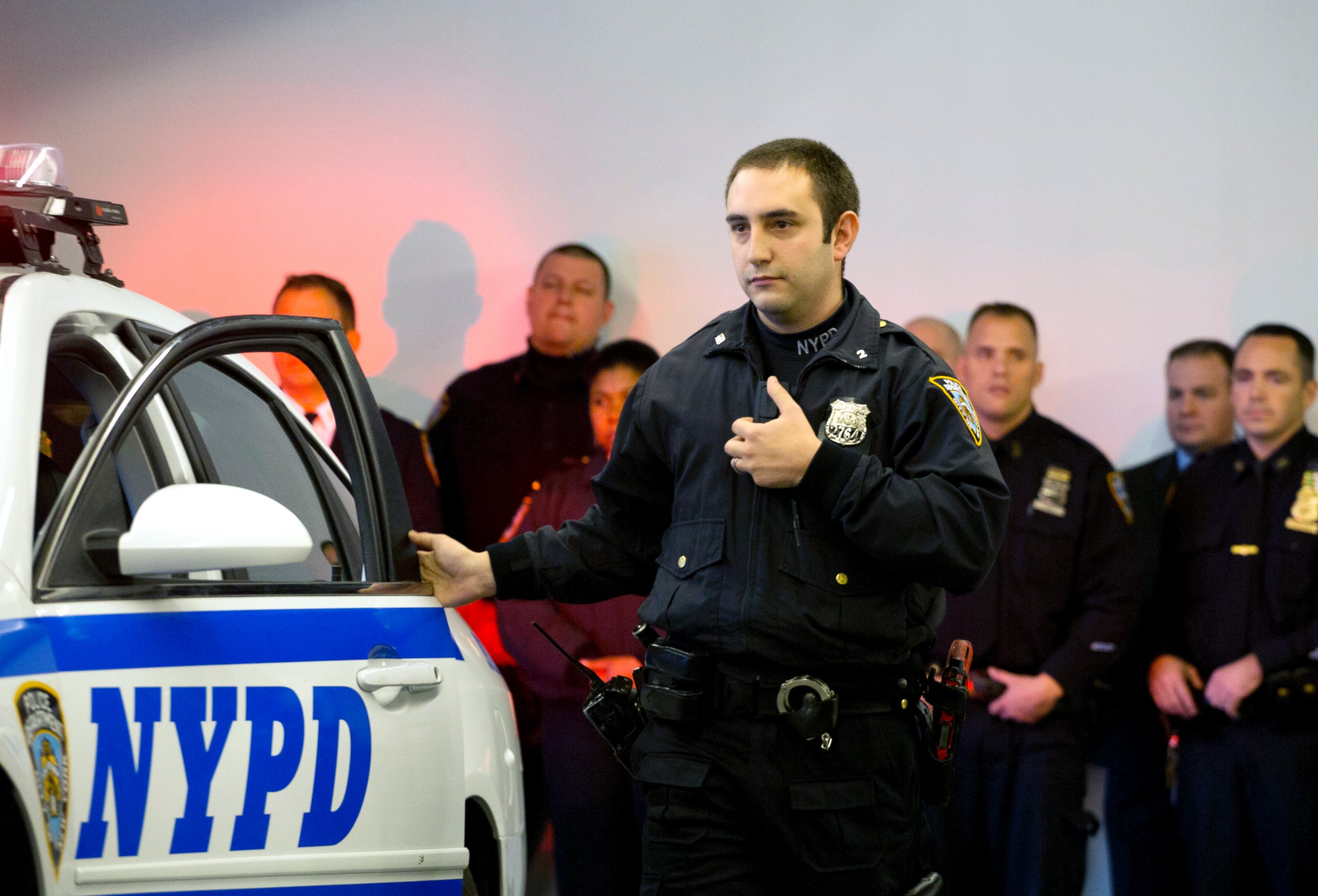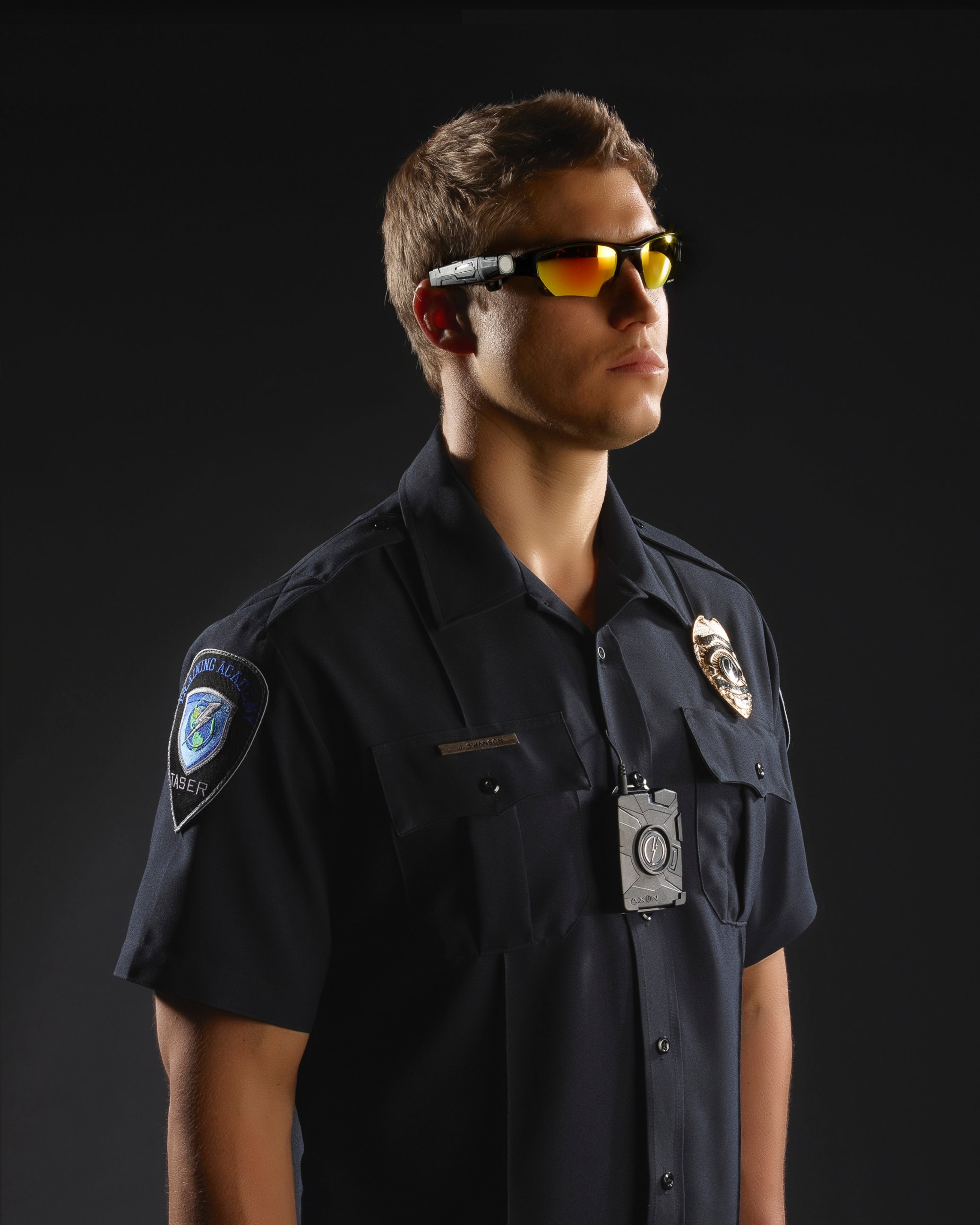How Police Across the US Have Used Body Cameras
The NYPD is launching pilot program.
— -- The NYPD may be the largest American police force to begin testing body cameras for officers but it is far from the first.
One of the two types of cameras that are now being tested in New York City was developed by AXON, a company that has supplied the technology to more than 1,200 law enforcement agencies across the country.
AXON's parent company, TASER, is the leading body camera manufacturer and promotes the use of the technology as a way to improve the conduct of both police officers and the public.
Some New Yorkers, including the mother of Eric Garner, the man who died in July after a police officer put him in an apparent choke hold, fear that the cameras will do little to deter cops behaving badly, but other cities have had a warmer reception to the new technology.

Here is a rundown of how some police departments across the country are faring with body cameras:
The biggest success story that is often cited by supporters of the cameras is Rialto, California. The suburban Los Angeles police department participated in a year-long study in 2012 of the cameras' effectiveness, with half of the officers recording their interactions with civilians. TASER reported that the number of use-of-force incidents dropped by 59 percent during that time period.
Police in Daytona Beach, Florida, got a lot of backlash from the community immediately after an officer shot and killed former NFL player Jermaine Green six times in November 2013. However, the department later released the body camera video, and it showed how Green was trying to stab his girlfriend, whom he was holding hostage, just before police opened fire.
One intense standoff between Sanford, Florida, police and a woman during a February 2013 traffic stop shows the step-by-step process as the woman pretends to cooperate before driving off and fleeing on foot.
In Albuquerque, New Mexico, police body cameras captured officers shooting a mentally ill homeless man standing on a hillside. In the video, the officers open fire when he reaches for his backpack and keep shooting as he lies on the ground.
Since the man had picked up a camping knife, the shooting was ruled justifiable, although the Justice Department found that the Albuquerque Police Department "engaged in a pattern or practice of excessive force that violates the Constitution and federal law" in an investigation earlier this year.
The DOJ later reached a settlement with the police department to reform the way it handles use of force by its officers.

In Celina, Texas, dashcam video captured an officer as he appears to jump a drug suspect, and throw the suspect violently to the ground. But the body camera video from the officer shows that when the suspect was hidden from the view of the dashcam, he punched the cop and tried to escape, leading to the take-down.
Footage from a body camera in Lake Havasu, Arizona, helped in a June 2013 standoff. The video, released by AXON, shows simultaneous views of two flex cameras that shows the end of the negotiations with the suicidal man that concludes in the man's pool.
One of the cameras deployed by a Greensboro, North Carolina, police officer shows how a juvenile suspect goes from holding a knife up to her throat to throwing the weapon at the officer. The footage from the June 2013 incident shows how detailed the recordings can be.
One of the benefits that supporters tout about the body cameras is the fact that it frees officers from relying on dashcam footage. One incident recorded in Mesa, Arizona, in October 2012 shows how the recording of a traffic stop starts inside the police car but ends up on the sidewalk when the officers arrest the suspect.




